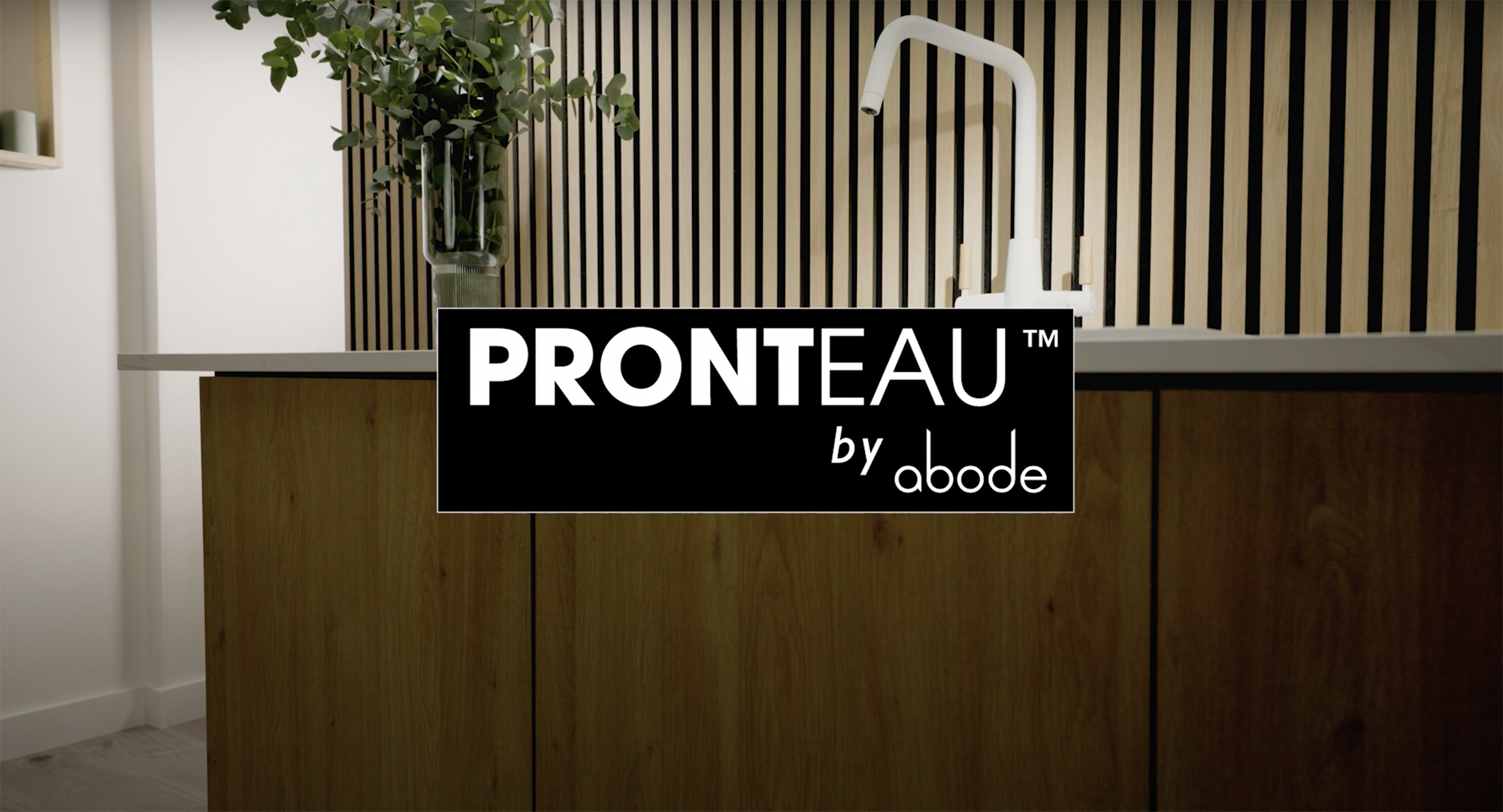MD of CAD supplier Nathan Maclean says independent retailers should take a different tack to selling their service, including charging for design

How often when a customer walks into your showroom is your opening line ‘Can I help you?’ Followed shortly after perhaps by ‘What are you looking for today?’
All are perfectly normal and valid questions of course, but dare I say quite stilted and not helping you build a connection with your customers.
Sponsored Video
These kind of conversation openers don’t make your customers feel special and they certainly don’t help you sell yourself – something that, when the competition is so fierce both on and offline, you need to be very quick to do.
No-one likes an over-bearing customer service experience, with a salesperson on their tail as they browse, or being greeted by a round of applause for being the first customer through the door on any given day a.k.a the Apple store in NYC.
But, the Americans do have a point when it comes to treating every customer as though they were your first.
No big fanfares are needed, just some confidence in selling yourself.
Instead of starting with ‘Can I help you?’, welcome the customer in by telling them the story of your showroom.
How about ‘Hello, just to let you know we have 15 displays, each one overcoming a particular problem. Feel free to look around.’ That’s it, you’ve cracked it. Connection made.
Build on connection
Once they’ve had some time to browse you can build on that early connection, asking them the golden question ‘What has changed in your life to make you want a new bathroom or kitchen?’
And there you have it. A point of conversation.
Whether their answer is ‘we have a baby on the way’, ‘we’ve inherited some money’ or ‘we’ve just moved home’, you’ve got something to talk about.
Something of interest that isn’t all about you or your products, but is all about the customer – just as it should be.
By telling them your story first, then investing in theirs, you’ve paved the way to selling them your consultation – not a bathroom or a kitchen, which let’s face it they could potentially get from elsewhere.
Charge for design
And this different way of selling yourself, your showroom and your expertise shouldn’t stop there.
When it comes to the consultation stage, I see too many retailers willing to offer a free consultation as a selling tool.
All you’re really doing though, is selling yourself short.
Instead, teach your designers their work holds just as much value as that of an architect, who would never dream of giving their designs away for free.
Consumers should pay to get the right person for their consultation.
Approach it by suggesting that if a customer wants a home consultation they need to pay a fee, but only if they feel they have received value for money.
It’s impossible to argue with, as there is no obligation to pay.
On the home visit talk your customer through the fundamentals like ventilation, pipework, etc.
It’s a powerful way of educating them about potential pitfalls and it’s when they realise they need you and your services.
By introducing your design service fee at this point, reassuring them it will be refunded from the project if they decide to go ahead, you’ve created an easier sell for staff who may lack the confidence to ask for a fee.
Building sales confidence
Once you’ve done the home consultation 4D Theatre really does the selling for you.
It doesn’t just encourage interaction, it offers a fully immersive design experience that customers will find it hard to walk away from, while offering you the opportunity to wow them with limitless displays in-store.
Conversations are turned into conversions and the technology does the hard work for you.
Let the confidence build up and perhaps a year down the line try offering a 50% refund on the design fee if the project goes ahead.
Another year later and don’t offer any money back at all.
Remarkably, you’ll find that it makes no difference – your customers will be confident in you and will be happy to pay you, because you’ve shown confidence in yourself.



